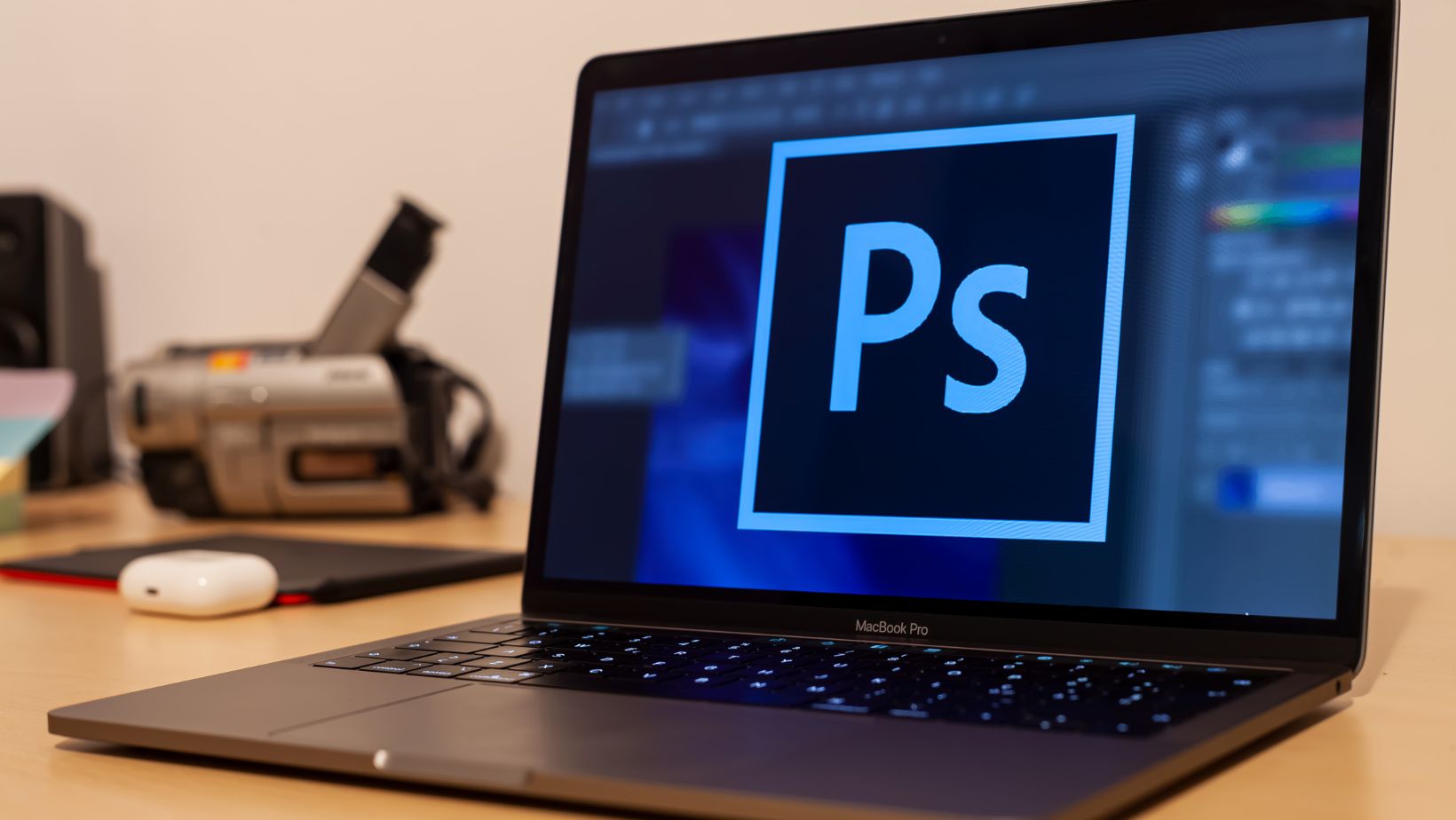
Best Laptops For Video Editing Under $500
When it comes to video editing, having the right laptop can make all the difference in your productivity and the quality of your final product. Here are some important factors to consider when choosing a laptop for video editing:
1. Processor: The processor is the brain of your laptop and plays a crucial role in video editing. Look for a laptop with a powerful processor, such as an Intel Core i7 or AMD Ryzen processor, which can handle complex video editing tasks smoothly and efficiently.
2. RAM: Video editing requires a significant amount of RAM to handle large files and multitasking. Aim for at least 8GB of RAM, but if you can afford it, go for 16GB or more for better performance and the ability to handle multiple editing software and applications simultaneously.
3. Storage: Video files can take up a lot of space, so having ample storage is essential. Look for a laptop with a solid-state drive (SSD) for faster data transfer speeds and better overall performance. Aim for at least 256GB of SSD storage, but if your budget allows, consider getting a laptop with a larger capacity or the option to expand storage.
4. Graphics Card: A dedicated graphics card can significantly improve video editing performance, especially when it comes to rendering and exporting videos. Look for a laptop with a dedicated GPU, such as an NVIDIA GeForce or AMD Radeon, with at least 4GB of VRAM.
5. Display: A high-resolution and color-accurate display is crucial for video editing. Look for a laptop with a Full HD (1920×1080) or higher resolution display, preferably with an IPS panel for accurate color reproduction.
6. Connectivity: Make sure the laptop has a good selection of ports, such as USB 3.0, HDMI, and an SD card reader. This will allow you to connect external devices and transfer files easily.
7. Battery Life: Lastly, consider the battery life of the laptop. Video editing can be power-intensive, so it’s important to have a laptop that can last for a reasonable amount of time without needing to be plugged in.

Processor and RAM Requirements for Video Editing
When it comes to video editing, having a powerful processor and sufficient RAM is crucial. These components directly impact the speed and performance of your laptop, ensuring smooth and efficient editing tasks. Here are the key factors to consider when it comes to the processor and RAM requirements for video editing:
Processor:
- Multi-Core Performance: Look for laptops with processors that offer multi-core performance. The more cores your processor has, the better it can handle complex video editing tasks. Aim for at least a quad-core processor.
- Clock Speed: Opt for a processor with a higher clock speed, as it determines the speed at which your laptop can process information. A higher clock speed will result in faster rendering and exporting times.
- Cache Size: Pay attention to the cache size of the processor. A larger cache size allows for quicker access to frequently used data, which can significantly improve overall performance.
RAM:
- Minimum RAM Requirement: For video editing, it’s recommended to have a minimum of 8GB of RAM. This will ensure smooth multitasking and prevent lag or slowdowns when working with large video files.
- Upgradeability: Consider a laptop that allows for easy RAM upgrades. This will give you the flexibility to increase your RAM in the future if needed, to handle more demanding editing projects.
- RAM Speed: Higher RAM speeds can improve overall performance, especially when working with large video files. Look for laptops that offer DDR4 RAM with higher clock speeds for optimal video editing performance.
Remember, a powerful processor and sufficient RAM are essential for a seamless video editing experience. By considering these factors, you can find a budget-friendly laptop that meets your video editing needs without compromising on performance.



